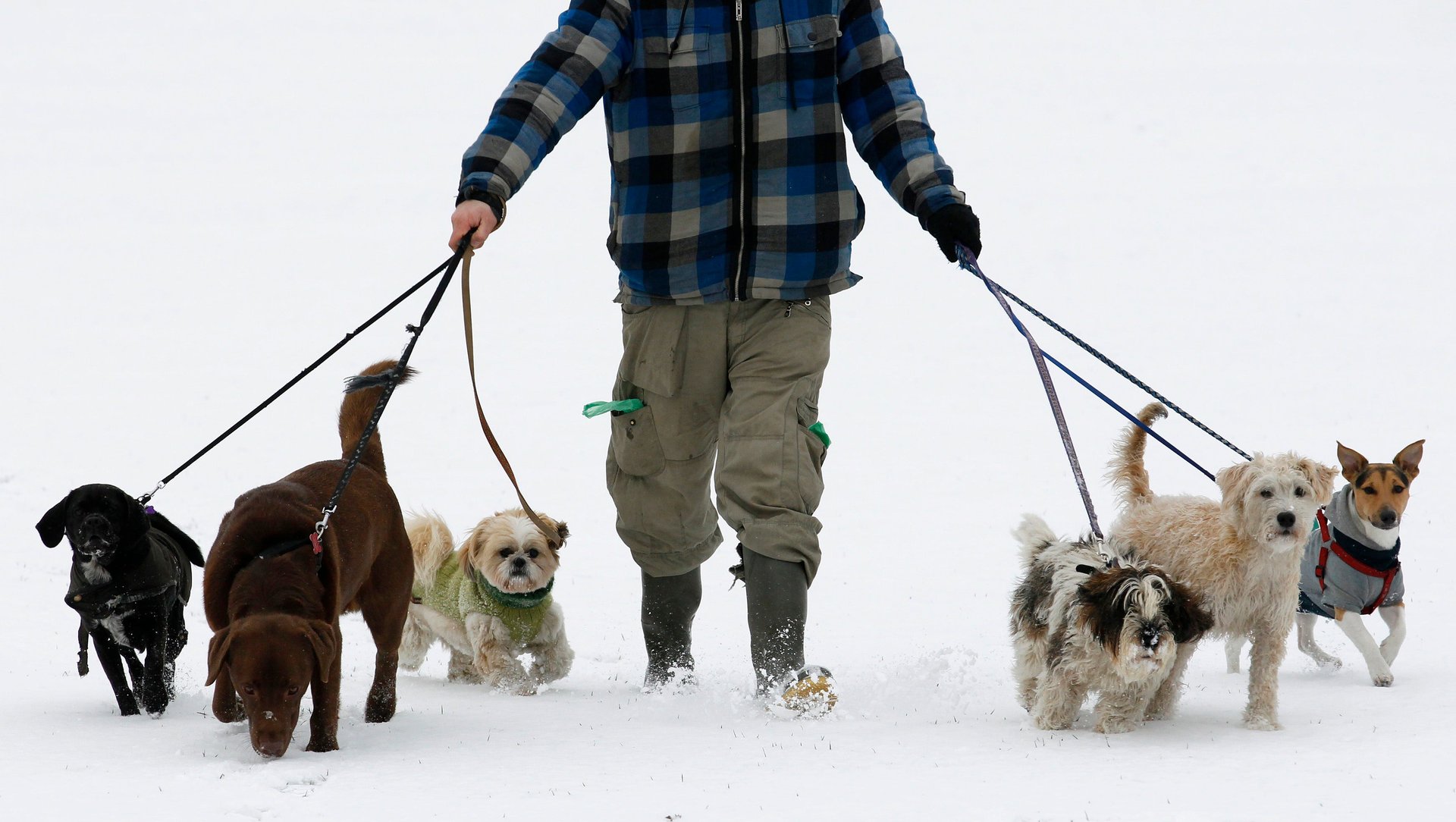How does holiday tipping work in the gig economy?
It’s customary for Americans to tip more during the holidays—housekeepers, childcare providers, schoolteachers, hairdressers, garbage collectors, postal workers, and others in service roles will often receive extra cash this time of year.


It’s customary for Americans to tip more during the holidays—housekeepers, childcare providers, schoolteachers, hairdressers, garbage collectors, postal workers, and others in service roles will often receive extra cash this time of year.
About 60% of Americans gave tips to one or more service providers during the holidays, according to a 2018 survey by Consumer Reports. Overall, Americans tipped an average of $45 in total, with amounts depending in large part on how regularly the client and service provider typically interact. (If you live in places like New York City, the expectations might be a lot higher.)
But these days, many of the workers in these service roles—whether they do house cleaning (eg, Handy) or dog walking (eg, Wag or Rover)—are left off holiday tipping lists.
The app-based gig economy seems to have altered the norms and expectations of both consumers and workers. According to a study out this year from researchers at MIT’s Sloan School of Management and Michigan State University, “perceptions of worker autonomy have driven the decline in tipping norms associated with gig work.”
The study found that because gig workers operate on their own schedule and are paid per task, “market norms crowd out the internalized social tipping norms that compel some consumers to tip out of obligation or duty.”
Edan Alva, a driver in the San Francisco area for both Lyft as well as Zūm, a ride-hailing service for children, says that he regularly picks up two kids in the morning from their parents and drives them to school every day, and has done so for more than a year. But he says he has not received more tips than usual during the holidays with either service.
Though Deva has regular clients, many apps have created an environment where service workers often do not interact multiple times with the same customers, or see them at any regular cadence, which is another drain on tips.
Vanessa Bain, who delivers groceries for Instacart says that when she first started using the app in 2016, she had a few regular customers each week in San Francisco’s South Bay. Back then, there were about 40 shoppers in her zone ready to fill customers’ orders. Now, she says, every time she opens the app, there are around 500 workers available for deliveries. She says she hasn’t received any holiday tips during November and December. Rather, those months tend to be slow, as customers are often traveling, she says.
Still, tipping experiences will vary. For instance, Jen Tserng, a dog walker for both Rover and Wag! in Manhattan, has between five and eight customers each week, and says she generally receives extra tips in December. From her more regular customers, she might receive an equivalent of a week’s pay. “I think it’s due to the generally longer-lasting relationship with my clients,” she says.
Care.com does not track how much in holiday tips the nannies, babysitters, and other caregivers on its platform receive, but it does provide customers with a holiday tipping guide. It says a good rule of thumb is cash or a gift card in the $10 to $30 range, depending on your budget and your relationship with the recipient.